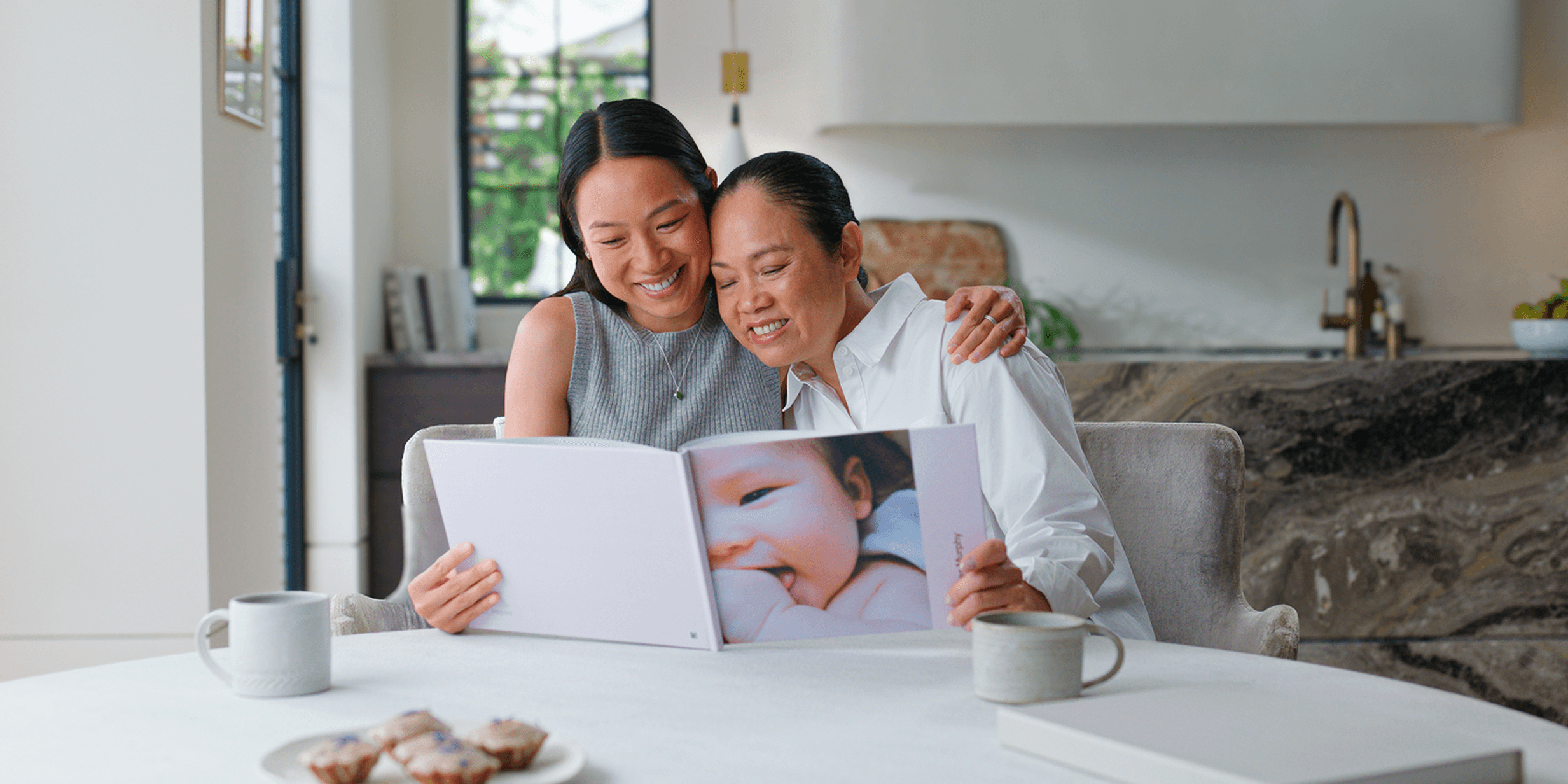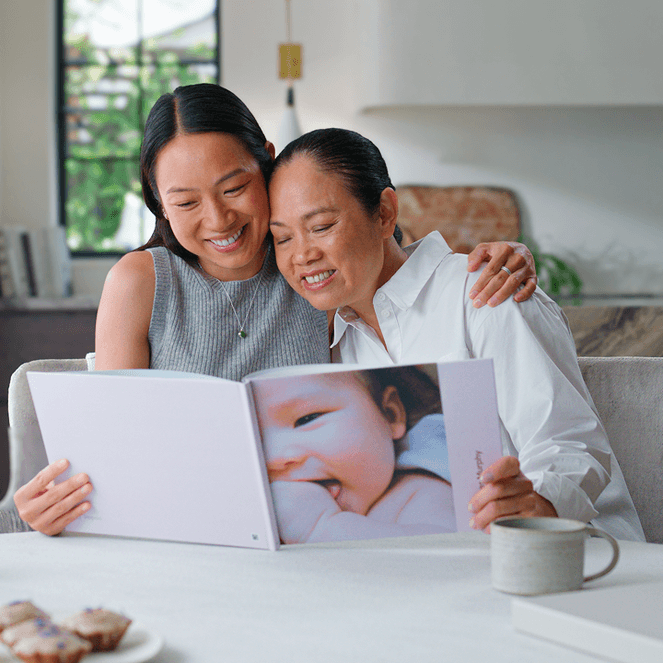Stories
Why looking back at photos is good for your mind and your mood
The power of old photos lies not in their shareability but in how they anchor us in life’s moments.


Stories
The power of old photos lies not in their shareability but in how they anchor us in life’s moments.

